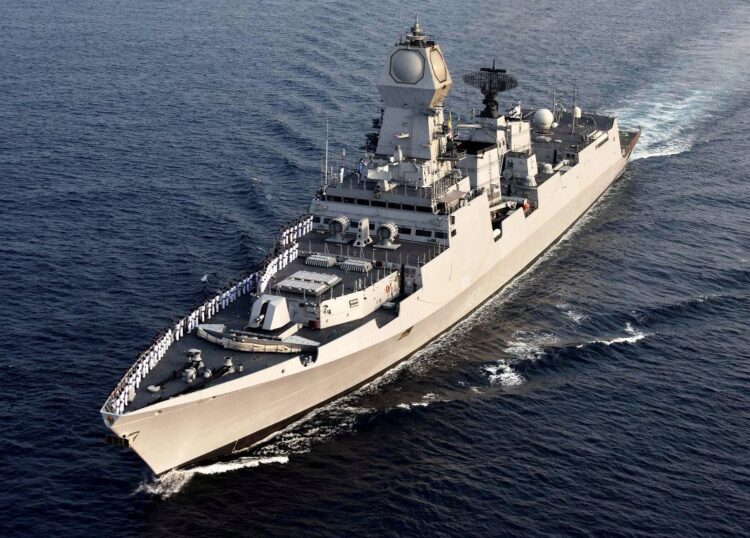Naval systems are a huge part of BEL India’s range of defense systems they produce. As a crucial part of any army, navy is used to gain power on and defend the high seas territory. Therefore, radar and weapon systems on the battleships and support vessels have to be state of the art. In this article, we will go over some of the products of Bharat Electronics Limited regarding naval systems.
Table of Contents
1. Radar Systems
3D Surveillance Radar – Revathi
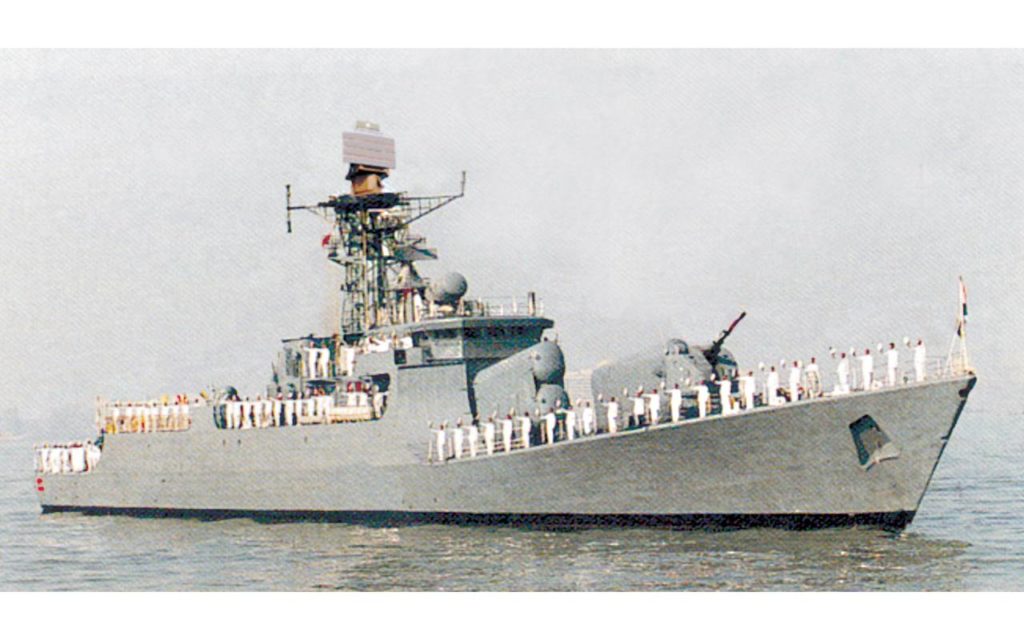
This radar plays the role of a medium range surveillance radar, mounted on a stable platform of a ship. It is used for the detection of surface and air target threats. The radar system operates in S-band, while it is also capable of Track-While-Scan of surface and airspace targets. These are the most important features of the Revathi system:
ECCM features, Integrated IFF Mk XI, extractor and a co-mounted antenna, two-axis stabilization system for roll and pitch, fully automated and controlled radar console, a very user-friendly GUI, dedicated and exhaustive on-line BITE facility, data remoting of Tracks and plots by the use of LAN, interface with the house-holding data, command and control of ship.
2. Sonar Systems
Integrated Submarine Sonar (USHUS)
The indigenous integrated submarine sonar system is designed to detect, localize and classify both submerged and surface targets through the use of passive listening, interception and active transmissions of different kinds of acoustic signals.
Other features include analog and digital external system interface, modular and rugged design, upgradeable performance features, powerful fault diagnosis system (FDS), online and off-line FDFL, user transparent automatic periodic key change, and local and remote loopback tests.
The system caters for easy customization and the updates of encryption algorithms without changing any hardware. This algorithm is complex and capable of withstanding sophisticated attacks that modern-day brings.
Passive sonar brings surveillance in passive mode with high search volume, automatic detection of multiple targets, performed beams in azimuth, and in three vertical book directions through the use of ASICS.
In addition, there is a color-coded multiparameter video on a 20.1” flat panel display, auto tracking of six targets, color-coded display identifying target threat level, and user-friendly MMI.
Active sonar brings CW and LFM modes of transmission, along with three selective pulse widths, high source level, low-frequency planar transducer array, complex demodulation, and replica correlation for Doppler and Range estimation.
Interceptor sonar option gives early warning long-range target detection, all-around coverage in three bands, FFT, spectral processing, and color-coded bearing Vs time waterfall display.
When it comes to the underwater communication system, this device has multiple mode acoustic communication in dual frequency, meeting NATO and other requirements.
The voice, telegraph, data and message modes of operation are all available, while there are three separate elements to cover 120° in azimuth.
Last but not least, the obstacle avoidance sonar is of high frequency and short-range, has rectangular transducer array, and transmission to cover three sectors of 30° each.
3. Fire Control Systems
Sight Control for SRGM
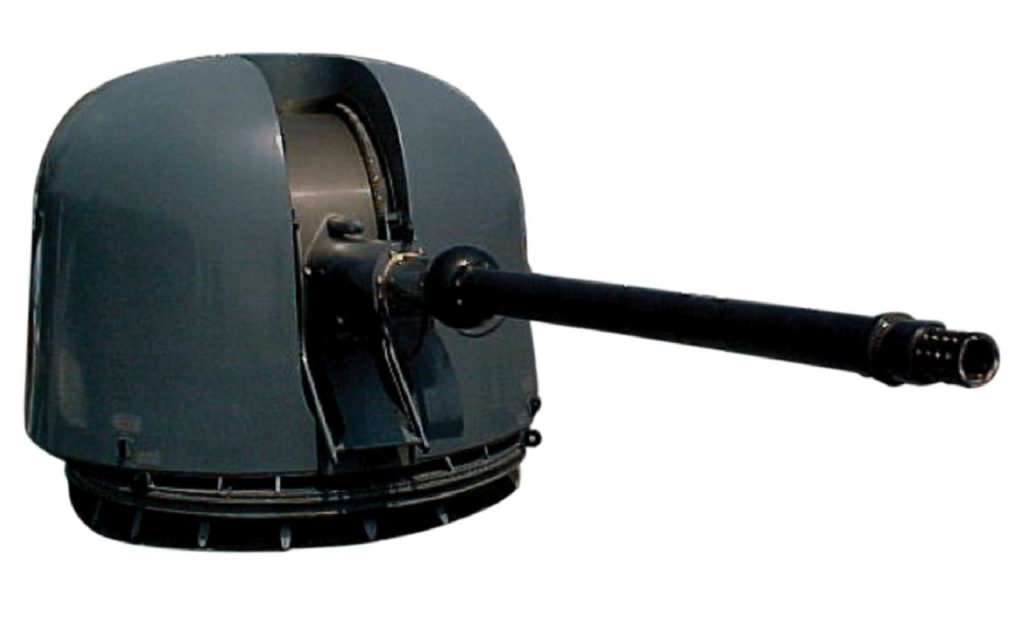
This high tech control system is a SRGM 76 gun mount, a stand-alone target designator sight. It provides angle information in coarse and file formats and can be fitted with more electro-optic (EO) sensors to enhance surveillance, detection and track capability.
What is more, the Kolanka sight is designed accurately for designating targets with high precision. This sight can be replaced with a binocular with a collimator. Last but not least, firing can be interrupted through the fire interrupt switch.
TCC / WCC
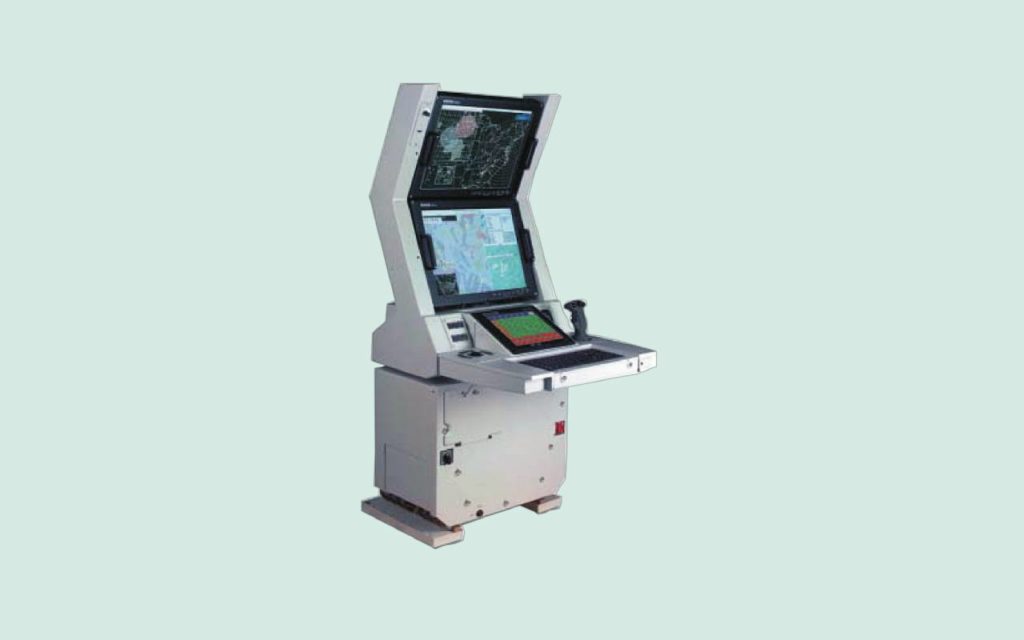
This command facility serves to monitor different air, surface and shore engagements. Displays scans are converted to both videos on PPI and electro-optic sensor (TV, IR, ATVC) video. There is a dual head console, which provides a graphical display of a wide range parameter. Data regarding target tracking and system related data are displayed, while the system also provides records and replays. The manual data input of parameters is available, as well as flexible architecture with options that define system requirements.
4. Naval Communication Systems
Advanced VLF Demodulator
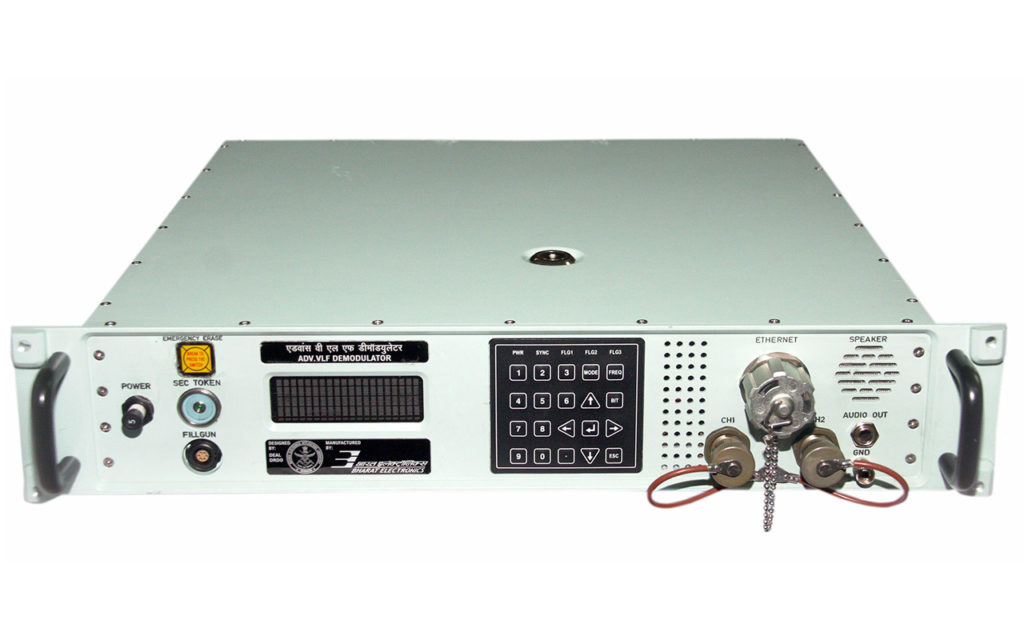
This long-range system is a reliable communication device made for ships and submarines. Indian Navy uses a VLF Transmitting station at INS Kattabomman specifically for this purpose. A major step to overcome with these devices is the limited bandwidth of the large transmit antenna. Therefore, the Advanced VLF Demodulator is the right solution for this problem, able to achieve reliable text data communication up to 400 bps in a 200 Hz bandwidth, using modern techniques. It is interfaced at an IF of 36KHz. The top features of the system are:
Efficient FEC (High code rate LDPC), TEXT compression (Lossless, 1st order Huffman based), secrecy, legacy modes compatibility, serial and Ethernet data interface, soft-key controlled user menu, ship, and submarine deployment, and a 2u height 19-inch rack-mountable form factor.
